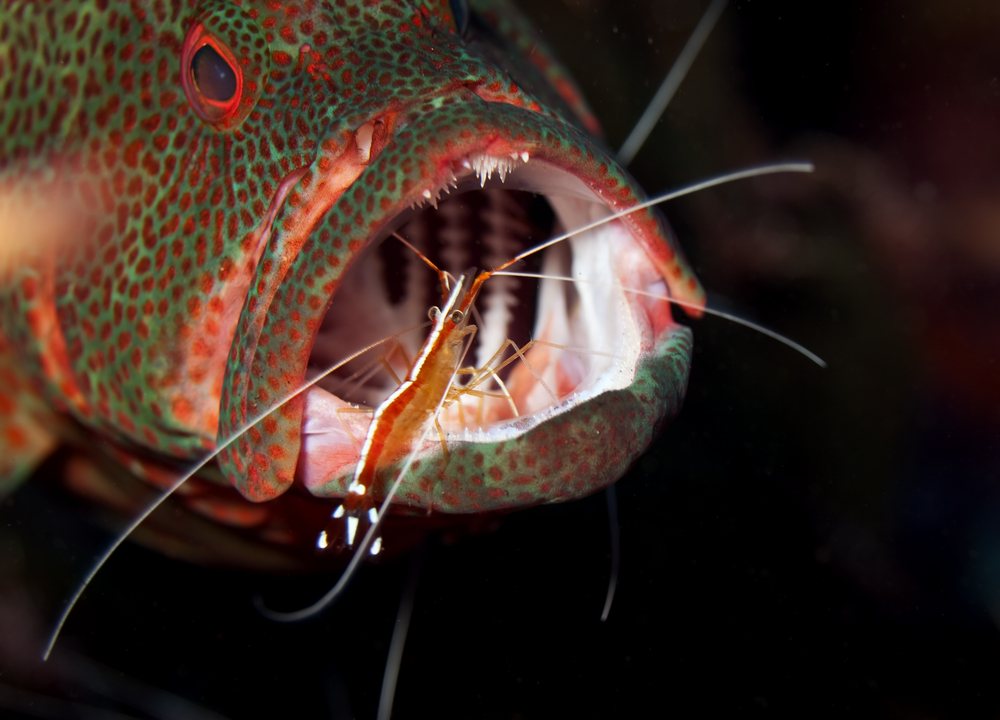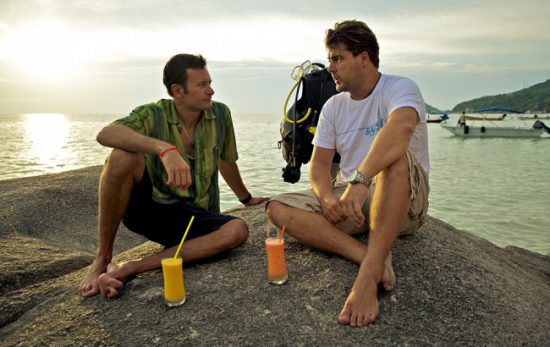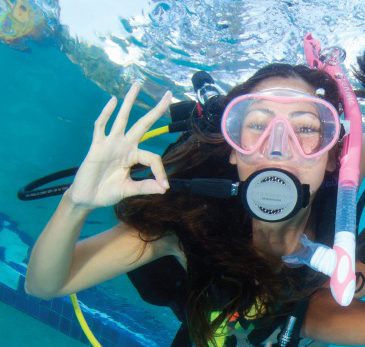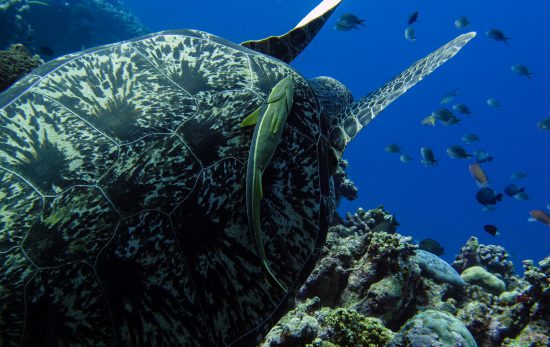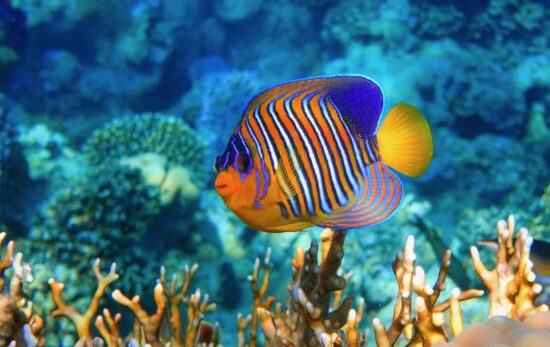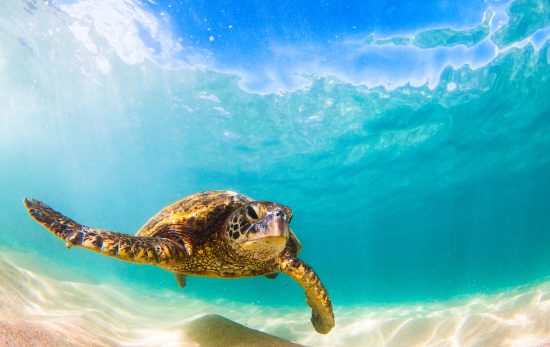Generally speaking, it’s not normal for one creature to crawl into the mouth of another. But in the underwater world, it’s just another day at the office for this cleaner shrimp. Symbiotic relationships between marine creatures are fascinating to observe, and for some animals necessary to survive. Here are three examples of symbiotic sea life that you might see on your next dive:
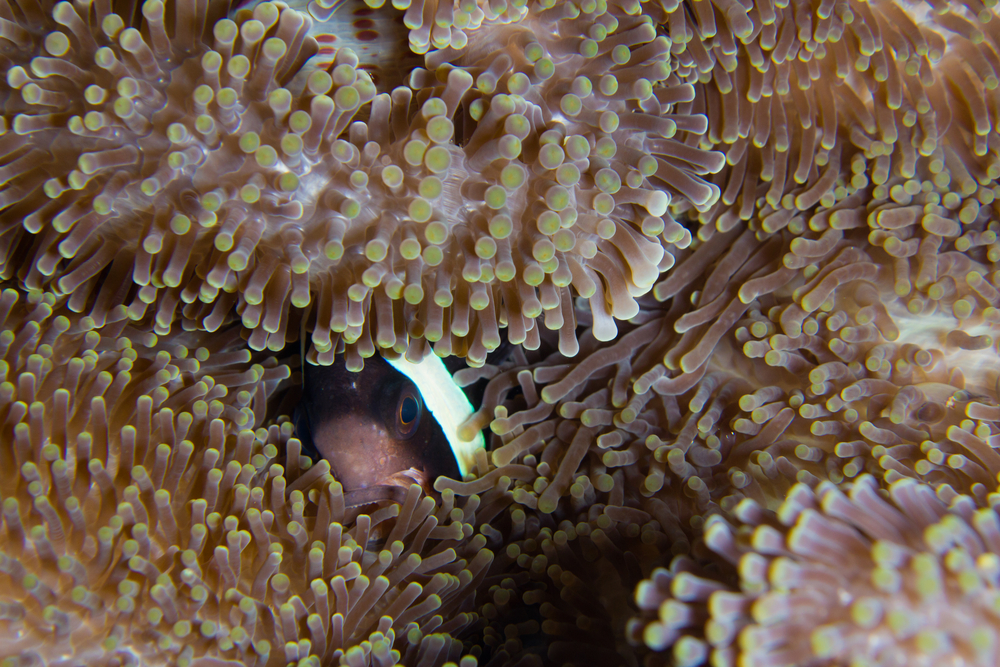
Porcelain crabs, anemone fish and anemones
Sea anemones have powerful stinging tentacles that are toxic to most sea creatures, but not all. Anemones have developed a type of symbiotic relationship, known as mutualism, with two animals: porcelain crabs and anemone fish. Mutualism describes a relationship in which both organisms benefit each other. For the porcelain crab and the anemone fish (sometimes referred to as Nemo), the anemone provides shelter and protection. In return, the porcelain crab and anemone fish then keep anemones clean, and the anemone fish also helps lure prey to the anemone to make food easier to catch.
Barnacles and whales
Barnacles and whales have a different type of symbiotic relationship that is known as commensalism. Commensalism describes a situation where only one species benefits from the relationship without causing any significant harm to the other. In the case of barnacles and whales, it’s the barnacles that benefit from the relationship. Barnacles feed by attaching themselves to a whale’s belly or back, allowing the species to then eat microorganisms as the whale swims.
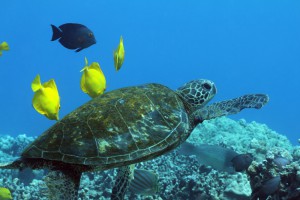
Cleaning stations
When certain marine creatures need a proper deep clean, they head to “cleaning stations.” Cleaning stations represent another form of mutualism, and describe the sites where fish like certain wrasse, gobies and shrimps provide a service to other fish by removing dead skin and parasites. This prevents the host animal from becoming sick and allows the cleaner fish to get the nutrients they need.
We hope you’ve enjoyed reading about different types of symbiotic relationships underwater. To learn more, talkto your local PADI Dive Center or Resort about taking the PADI Underwater Naturalist Specialty course.

